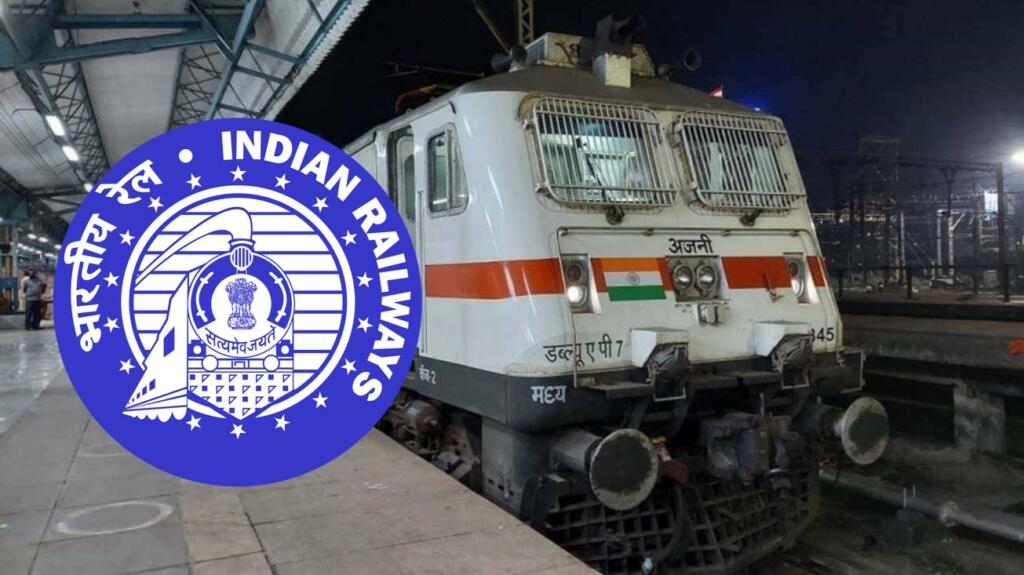We have all travelled by train. There is hardly any Indian who has not had a train experience. Until 2014, railways remained the primary choice for poor and middle-class Indians to travel from one part of the country to the other. But rail travel was time taking, arduous, filthy and irritating. The Indian Railways – up until 2014 and for a short period after, had become a glowing example of a lethargic and dirty India. Unpunctuality had been normalised. Trains could get delayed from anywhere between 16 to 30 hours. Single-hour delays, meanwhile, were almost always expected by those travelling by trains.
Clogged and dirty lavatories, filthy coaches, unreserved travellers occupying reserved coaches, smelly railway stations – these were all markers of the pre-2014 railways. But then, the Modi government undertook an ambitious project to transform, modernise and fix Indian Railways. This project has been yielding very positive results.
From the Worst to the Best
Do you remember how unsafe train travel used to be? Under the Modi government, however, the number of rail accidents have been dramatically brought down. In 2019, Indian Railways achieved a major feat by recording zero casualties.
Unreserved coaches were nothing short of a hell hole prior to 2014. But the Modi government introduced the ‘Deen Dayalu’ coaches, with facilities like potable drinking water, mobile charging points and bio-toilets. These coaches – which are used by poor Indians, are equipped with the provision of cushioned racks.
Today, Indian Railways has set up a five-star waiting lounge for the passengers at New Delhi, while the quality of lounges at other stations has seen a drastic improvement. Stations are today much cleaner.
Remember how awful the food on trains used to be? That has now changed. Today, catering on trains has been privatised. Travellers can order food from restaurants, and their packages will be delivered to them at the next station.
Human waste used to be discharged on rail tracks. This was the most heinous form of environmental disregard. Yet, nobody sought to address the issue before 2014. Today, all trains are fitted with bio-toilets, making much of India’s rail network a zero-discharge zone.
The Indian Railways has taken several measures to improve the infrastructure and the quality of services and by 2030, the railway upgrades will include 100% electrification of rail lines, upgrading existing lines with more advanced facilities, up-gradation of railway stations, developing a large high-speed train network interconnecting major cities in India and developing various freight corridors within the country.
A major contributor to the transformation of Railways has been former Rail Minister, Piyush Goyal. Now, the task which he started is being carried out by a dynamic leader in the form of Ashwini Vaishnav. The largest PSU in India is being opened for privatisation, which will further alleviate many of Indian Railways’ woes. Railways have been recognised as one of the top five sectors (by estimated value) under the National Monetisation Pipeline (NMP).
The elimination of all unmanned level crossings in 2019 by the Railways has further made train journeys safer for all travellers, apart from those who commute and pass-through railway crossings on a daily basis.
To enrich passenger experience at railway stations while increasing the railways’ non-fare box revenue, 600 marquee stations were identified for redevelopment into hubs for transit-oriented development, through the Public-Private-Partnership (PPP) route. As a part of this augmentation program, work on the redevelopment of 125 stations is in progress. The redeveloped Habibganj railway station – which is India’s first world-class train station, was inaugurated by PM Modi last year. It has been renamed as the Rani Kamalapati Railway Station.
The journey of Indian Railways since 2014 has been fast-paced. The network is being uplifted and modernised. Indian Railways is being turned into a true national asset that every citizen feels proud of.
